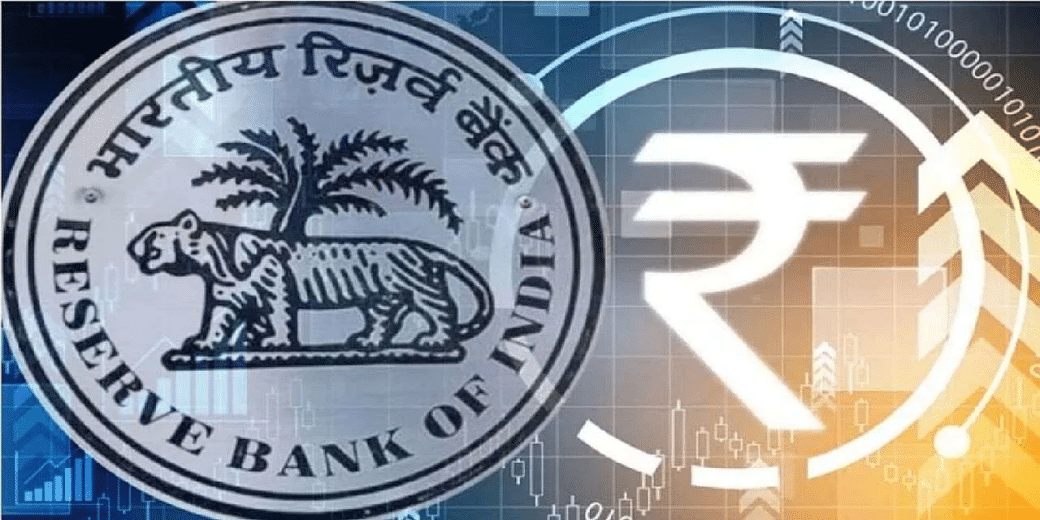RBI, Govt working on CBDC for payments abroad
CBDC is being issued in the same denominations as the paper currency and coins and is being distributed through banks

Finance Minister Nirmala Sitharaman on Thursday said the government and the Reserve Bank are actively engaged in improving the central bank digital currency (CBDC) so that it can be used for cross-border payments.
RBI began the pilot project wholesale CBDC and picked up nine banks — State Bank of India, Bank of Baroda, Union Bank of India, HDFC Bank, ICICI Bank, Kotak Mahindra Bank, YES Bank, IDFC First Bank, and HSBC.
Besides, RBI has already rolled out a pilot in the retail version of CBDC or e-rupee on December 1, 2022. The e-rupee is in the form of a digital token that represents legal tender.
It is being issued in the same denominations as the paper currency and coins. It is being distributed through financial intermediaries, i.e. banks. Users are able to transact with e-rupee through a digital wallet offered by the participating banks.
“We strongly believe it helps in cross-border payments. It will bring in greater transparency and traceability…,” Sitharaman said while speaking at an event to mark 125 years of Hindu College.
It helps in speeding up payments with less cost, she said, adding it brings down costs for inward and outward remittance.
“Both the regulator and the government are working on it. We are actively engaged in it,” she said.
Asked about priority sectors to make India ‘Viksit Bharat’, she said, the focus areas would be manufacturing and agriculture.
“Agriculture retains its primacy and we are looking at strengthening agriculture by modernizing some of the practices, post-harvest practices and so on,” she said.
In manufacturing, she said, the government had identified 13 sunrise sectors including renewable energy, semiconductor, machine learning, earth sciences and space. PTI

